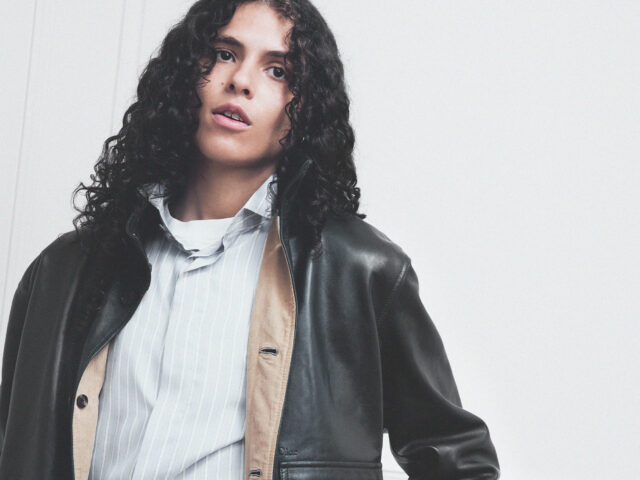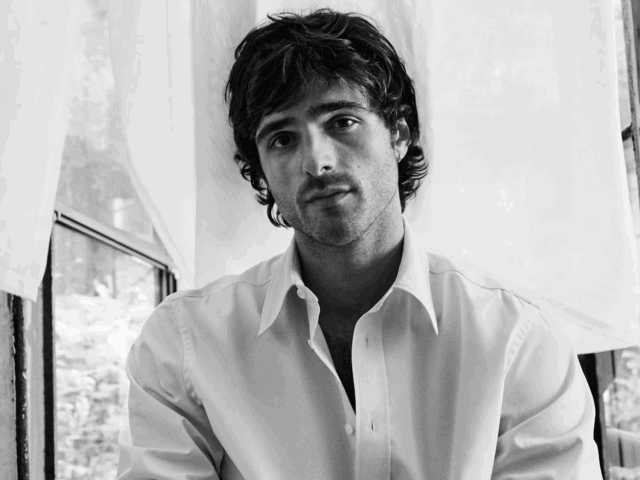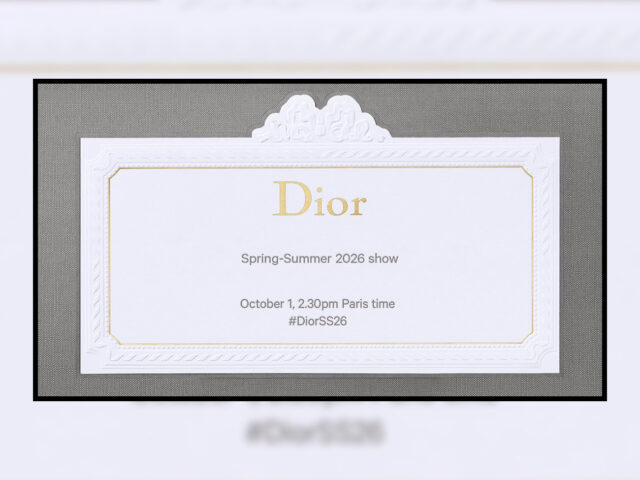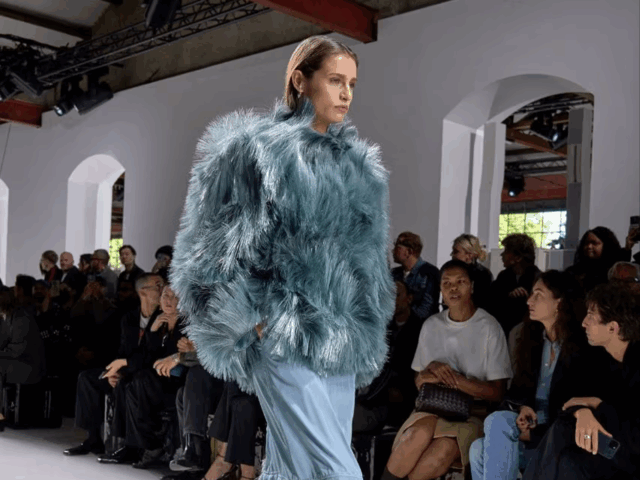So far we had known the collections in a face-to-face or digital way, but now a new term is born to talk about the fashion of the future: Phygital. This format hybridizes presentations that extreme measures of capacity and security with audiovisual pieces such as interviews or documentaries.
Faced with the new scenario and the uncertainty of not knowing when we will be able to recover normality, fashion needs to find solutions. In response, new ways of getting to know the proposals of each season emerge, which, in order to comply with current health measures, move away from the crowded parades to which we were accustomed.
The word “Phygital” already began to be heard in March. The British Fashion Council announced that the next fashion weeks would adopt this format that combines face-to-face fashion shows with audiovisual pieces, interviews or documentaries. In this way, the exclusivity of the presentations would continue to be maintained and the brands would benefit from the creativity offered by the new formats.
To give a few examples, both Daniel Lee at Bottega Veneta and Julien Dossena at Paco Rabanne presented their SS21 collections in very small capacity shows. Saint Laurent has just launched a feature film with Gaspar Noé and JW Anderson unveiled his latest creations in a one-on-one video.
And the same goes for Couture, where Dior regularly collaborates with Matteo Garrone. In fact, the term “Phygital” was key during Haute Couture week. The Vogue Runway platform established the hashtag #VoguePygitalRunway to collect posts about this content on Instagram.
For now, it seems that this modality came here to stay. But will brands return to traditional shows after the end of the pandemic (if it comes)? Or on the contrary, will they take advantage of the “Phygital” to turn their presentations into differential elements?
Sigue toda la información de HIGHXTAR desde Facebook, Twitter o Instagram
You may also like...





